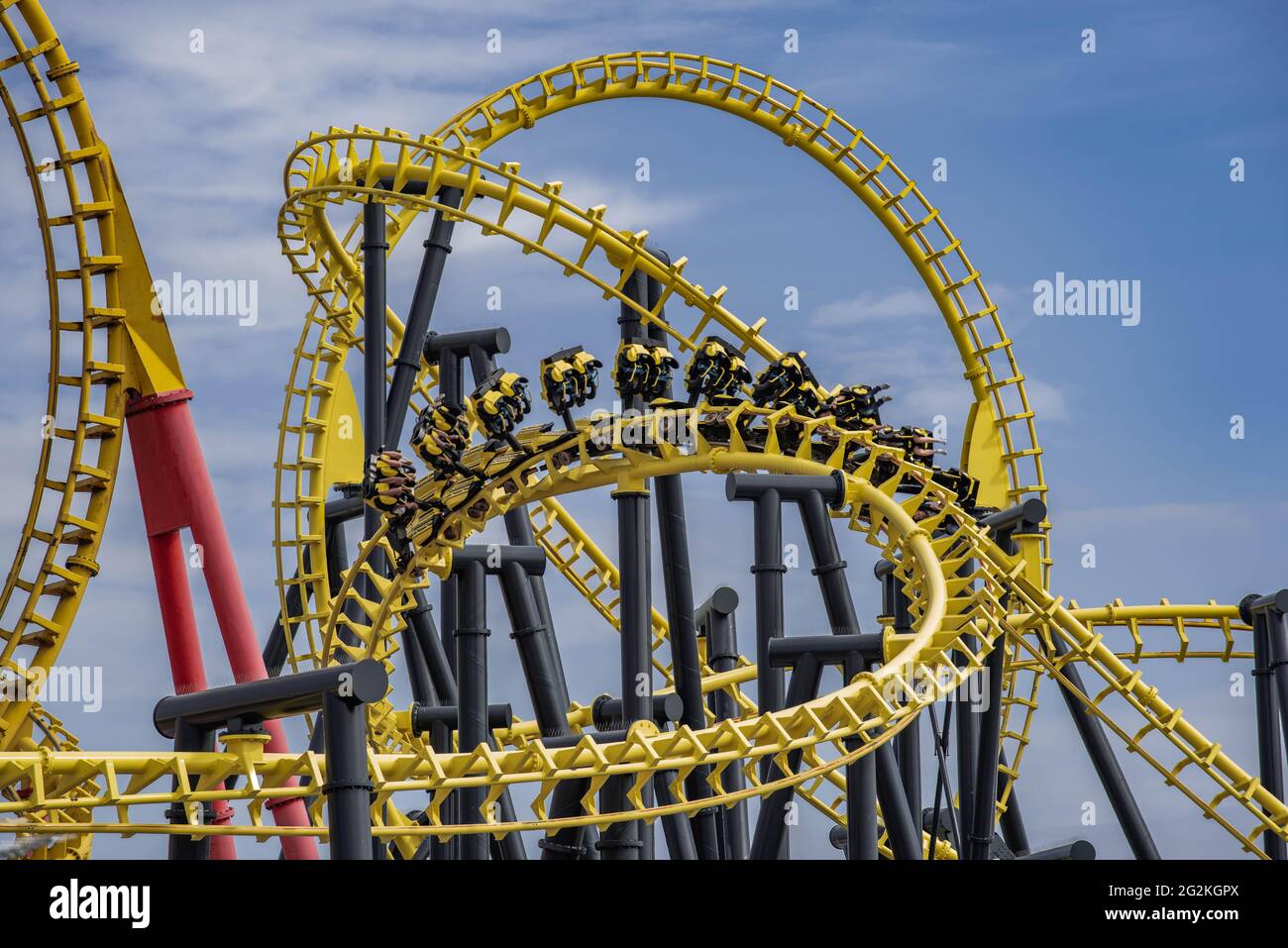

In Australia, the Rotors were built by Ted Hopkins of Luna Park Milsons Point. Most Rotors were constructed with an observation deck.Īlthough Hoffmeister was the designer, most Rotors were constructed under license. At the end of the ride cycle, the drum slows down and gravity takes over.
G FORCE CARNIVAL RIDE FULL
Once the barrel has attained full speed, the floor is retracted, leaving the riders stuck to the wall of the drum. The rotation of the barrel creates an inward acting centripetal force supplied by the wall's support's force, equivalent to almost 3 g. The Rotor is a large, upright barrel, rotated at 33 revolutions per minute. The ride still appears in select amusement parks in Europe, although travelling variants have been surpassed by the Gravitron. It was first demonstrated at Oktoberfest 1949, and was exhibited at fairs and events throughout Europe, during the 1950s and 1960s. The Rotor amusement ride was designed and patented by German engineer Ernst Hoffmeister in 1948. Once at full speed, the floor is retracted, leaving the riders stuck to the wall of the drum. The Rotor is a large, upright barrel, rotated to create an inward acting centripetal force supplied by the wall's support's force. The ride was first demonstrated at Oktoberfest 1949 and still appears in numerous amusement parks. The Rotor is an amusement ride designed and patented by German engineer Ernst Hoffmeister in 1948.

The yellow lines on the barrel wall indicate the level the floor is at during different points of the ride the higher line is level with the floor when the ride begins. The ride is in mid-cycle, and the riders are stuck to the wall of the barrel by the force of friction combined with their inertia. Interior of the Rotor at Luna Park Sydney.


 0 kommentar(er)
0 kommentar(er)
